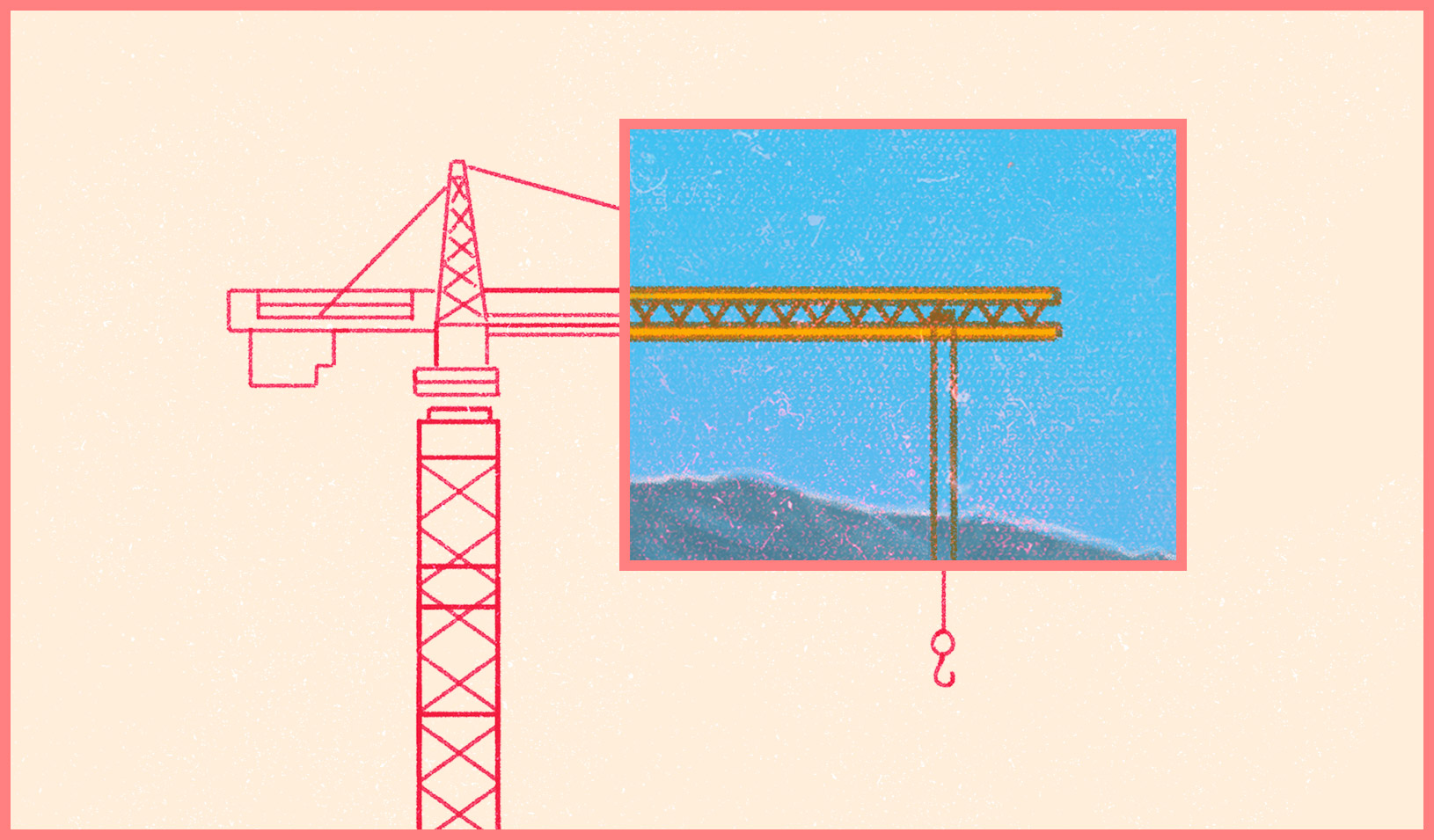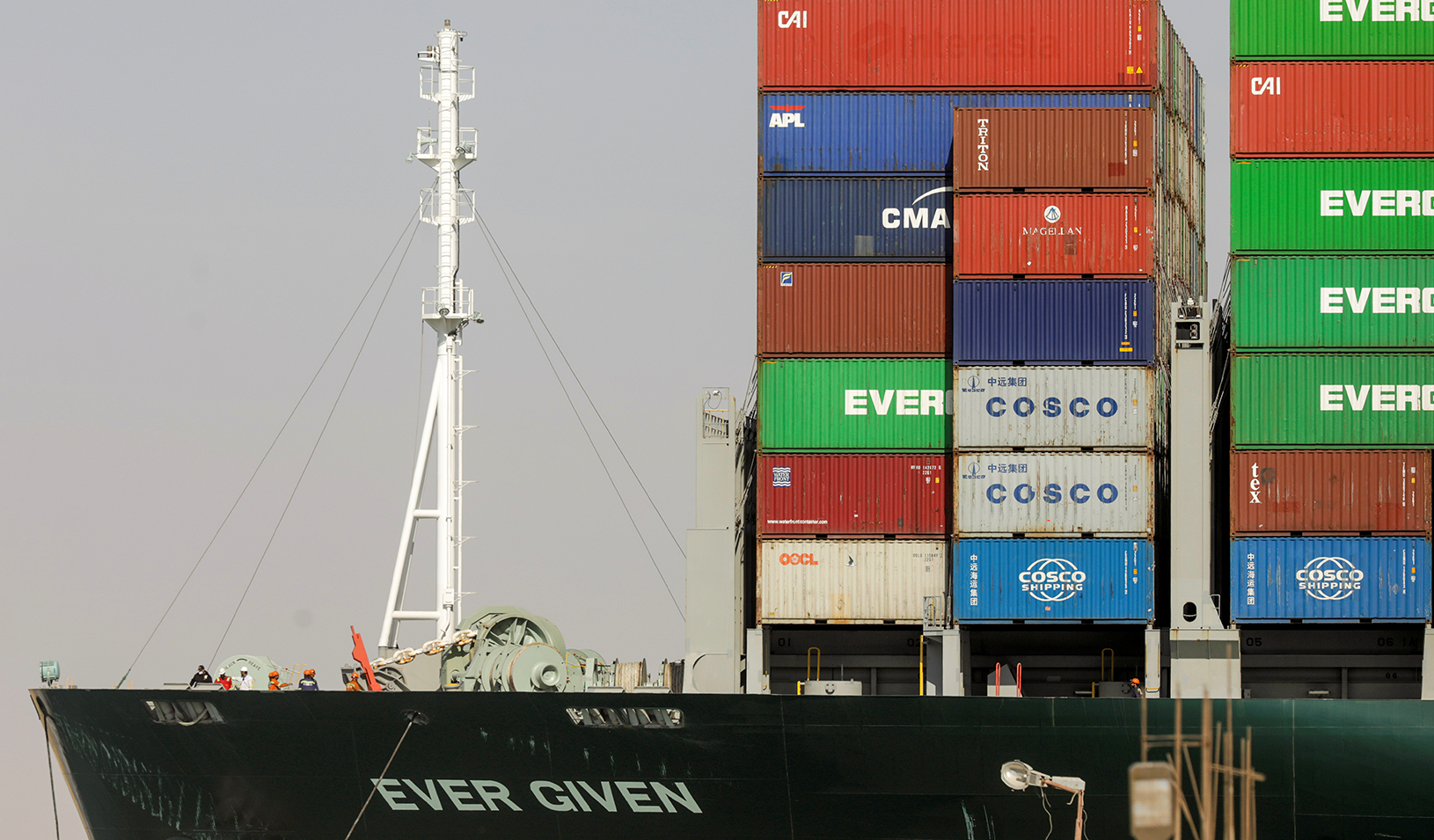
As the coronavirus shutters factories in Asia, companies with pre-existing relationships outside their normal supply chain will be better positioned to weather the impending crisis. | REUTERS/Thomas Peter
It’s been 15 years since Thomas Friedman declared that “the world is flat,” given the many ways that technology and lower trade barriers had collapsed national boundaries and fostered a new wave of globalization in which everyone does business with everyone else.
But what happens to those well-oiled global supply chains when the president of the United States, the world’s largest economy, imposes steep new tariffs on everything from Chinese steel to French wines? Or when a fast-spreading virus paralyzes business in China, with ripple effects on companies throughout the world?
These natural and manmade disruptions are the turbulent new realities of global supply chains, says Hau Lee, a professor of operations, information and technology at Stanford Graduate School of Business. For most large American manufacturers, globalized sourcing is here to stay, as they continue to take advantage of low-cost labor overseas. (The number of manufacturing jobs in the U.S. has fallen dramatically over the past 40 years, from over 19 million in 1980 to under 13 million today.)
“The world isn’t as flat as it used to be. It’s bumpy,” says Lee. “The question is how to create an agile and flexible response.”
Look for Options in Advance
The first big priority, he says, is for companies to increase their awareness about what’s happening throughout the supply chain. What are the trends in trade agreements? What kinds of risks — physical, political, financial — do suppliers at each level face? What will be the repercussions for the rest of the chain if a key factory shuts down? And what are the backup options?
“It’s not enough to know what’s happening in your existing supply chain,” Lee says. “Companies also need visibility outside the supply chain. They need to know about the capacity of other suppliers and how to activate them immediately if necessary. That requires building relationships in advance.”
A second priority, Lee continues, is to build more flexibility into the production process — what some call “operational hedging.” That starts with having alternative sources, but Lee says it can also mean designing products so that they can be produced in different factories. In 2000, Lee notes, a fire destroyed a crucial chip-making factory in Albuquerque that supplied Nokia, the Finnish mobile phone company. Because Nokia had designed its chips to be built in different locations, however, it was able to quickly shift production to the Netherlands and Singapore.
Invest in Flexibility
Similarly, Intel has long designed its chip-making factories to be almost interchangeable by using the same equipment and even the same layouts. Robotics and automation can increase production flexibility as well.
As difficult as the coronavirus quarantines have been for companies with suppliers in China, Lee says, agile companies have been able to cope if they prepared in advance. Esquel, a cotton shirt manufacturer that supplies major brands such as Hugo Boss and Nike, couldn’t use its normal routes to ship fabrics from China to garment factories in Vietnam. But because Esquel had prepared alternate routes in advance, it was able to ship through Hong Kong and on to Vietnam. It took longer and was more expensive, but it minimized disruption.
A third priority is to increase logistical flexibility. Investing in logistics can greatly expand a company’s options. As an example, Lee points to Ethiopia, a landlocked country that had few roads to the nearest major port, in neighboring Djibouti. But thanks to Chinese investments in new highways and a new rail link to Djibouti, as well as in several industrial parks, Ethiopia now hosts a long list of international clothing manufacturers.
Hedge Like a Bank Does
An easily overlooked aspect of logistical flexibility has to do with reducing administrative red tape. Ports that require dozens of signatures for each container of cargo can tie up inventory for days and even weeks. Investing in new technologies and streamlining bureaucratic procedures can remove obstacles that currently stand between factories and markets.
The bottom line, Lee says, is that global manufacturers need to think in terms of hedging strategies. He notes that the finance industry uses very complex hedging tools to manage uncertainties, from currency futures to mitigate fluctuating exchange rates to insurance products and financial options to hedge against uncertainties about the financial viability of suppliers.
“Given how turbulent and bumpy the world now is, we need to develop operational hedging strategies connected to tariffs and natural disasters,” Lee says. “It may be expensive for smaller firms, but even small firms can push their outsourcing partners to provide the flexibility to enable hedging at manageable cost.”
For media inquiries, visit the Newsroom.






